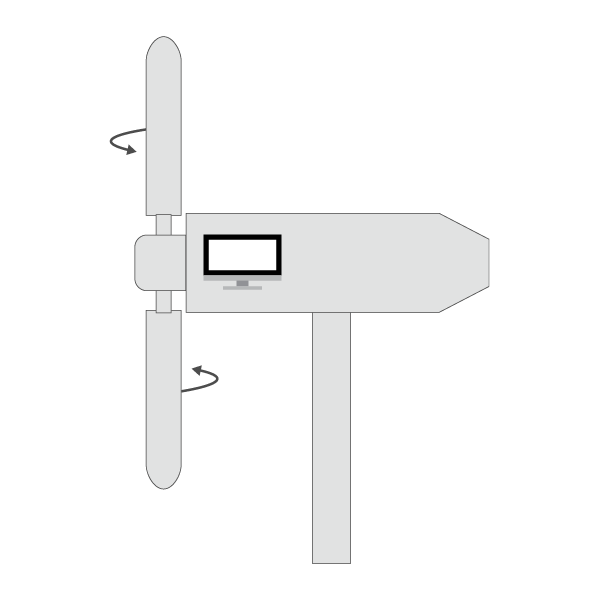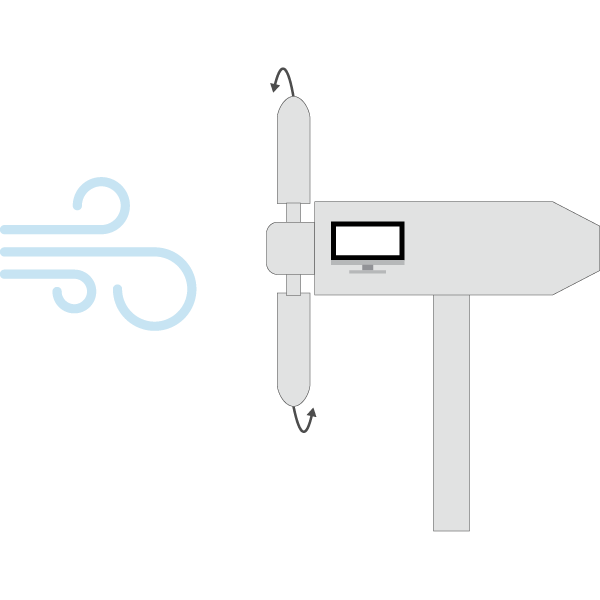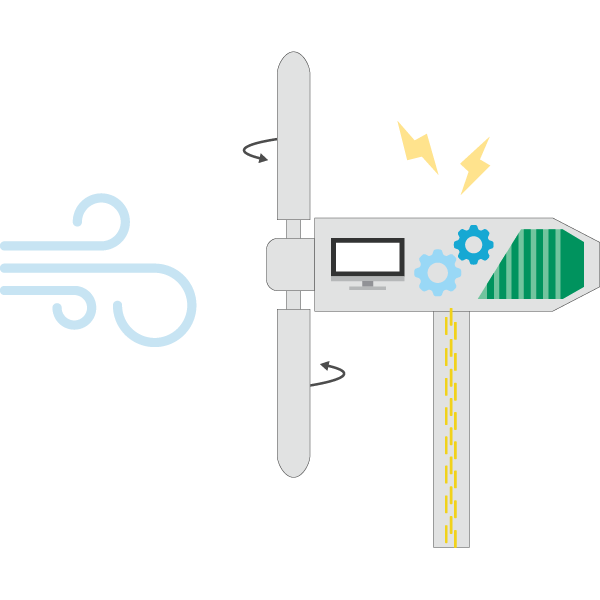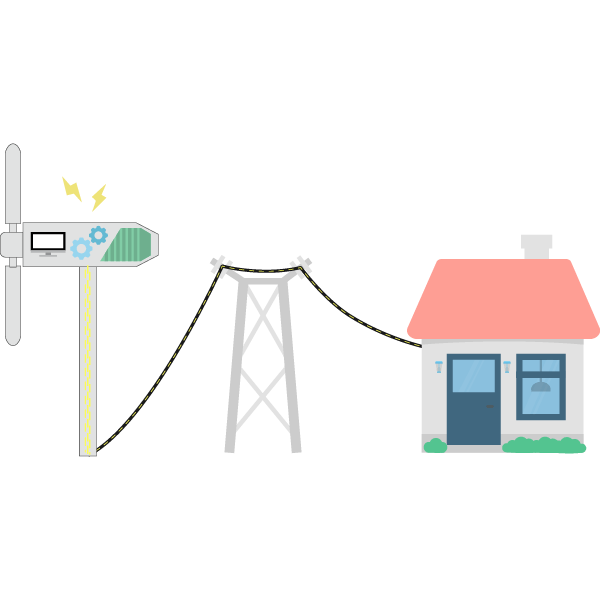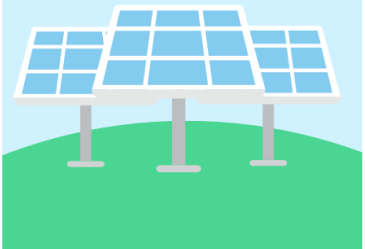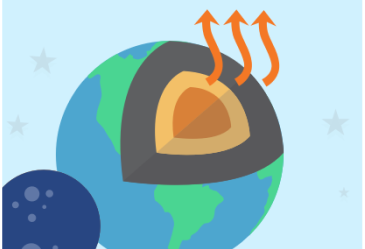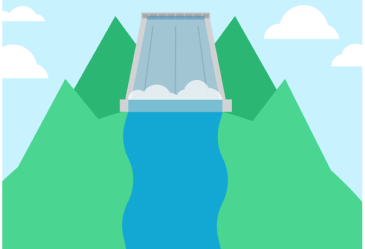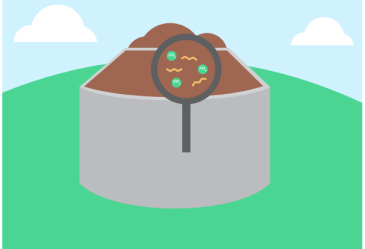What Is Wind Energy?
Everything you need to know about wind energy.
Wind energy surpassed hydroelectricity in 2019 as the most common renewable energy source used to make electricity in the United States.

Exactly what is wind energy? Wind is a renewable energy source that can be used to create electricity with fewer environmental impacts than many other energy sources. But what makes wind a renewable resource? Simple — the wind will always be blowing somewhere. So, with wind turbine technology, we can harness the natural and endless power of the wind to generate electricity for homes and businesses without worrying about depleting the supply.
Did you know that people have been asking themselves, "How does wind energy work?" and taking advantage of wind power for thousands of years? As early as 5000 B.C., Egyptians propelled boats along the Nile River using the wind. Around 200 B.C., simple windmills in China pumped water, and vertical-axis windmills helped grind grain in Persia and the Middle East. From the Dutch draining lakes and marshes in the Rhine River Delta, to U.S. farmers pumping water for crops, cutting wood at sawmills, and grinding wheat and corn, windmills have been used in many ways to make work easier and life better.
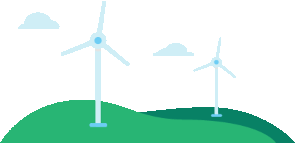 In modern times, is wind a renewable resource we can still count on to make life better? You bet! Wind energy surpassed hydroelectricity in 2019 as the most common renewable energy source used to make electricity in the United States. In 2020, U.S. electricity generated from wind totaled about 338 billion kilowatt hours (kWh) — an exponential increase from the 6 billion kWh generated in 2000. Recent government requirements and incentives almost guarantee continued increases in the future.
In modern times, is wind a renewable resource we can still count on to make life better? You bet! Wind energy surpassed hydroelectricity in 2019 as the most common renewable energy source used to make electricity in the United States. In 2020, U.S. electricity generated from wind totaled about 338 billion kilowatt hours (kWh) — an exponential increase from the 6 billion kWh generated in 2000. Recent government requirements and incentives almost guarantee continued increases in the future.
The growth of wind energy, combined with more public demand for clean energy and the declining costs of producing it, has led to a clean energy revolution across America. More power from sustainable energy sources like wind at an affordable price? That’s a win-win solution for us and the planet!
Make a commitment to using clean, renewable energy in your own life with a plan from Green Mountain Energy.
Is wind energy renewable?
Yes! Wind is a renewable energy source because it is not depleted when used. Because nature constantly replenishes the wind, we can continue to harness its power without worrying about running out of it.
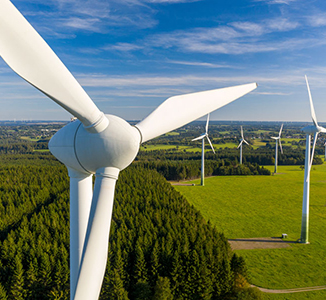 How do wind turbines work to create wind energy?
How do wind turbines work to create wind energy?
Today’s modern equivalent of the windmill, the wind turbine, can use the wind’s energy to generate electricity.
Most wind turbines have three blades mounted to a tower made from tubular steel. The towers rise 100 feet or more above the ground to take advantage of the faster wind speeds from higher altitudes.
Though simple-looking against the sky, wind turbines have very advanced features to maintain safety and efficiency. The turbine’s anemometer continuously measures wind speed and transmits the data to the turbine’s controller, which keeps the rotor at a safe speed of 55 mph or less. And a brake in the turbine can stop the rotor electrically, mechanically or hydraulically in emergencies.
Types of wind turbines:
Today, numerous types of wind turbines bring renewable energy to people all over the world:
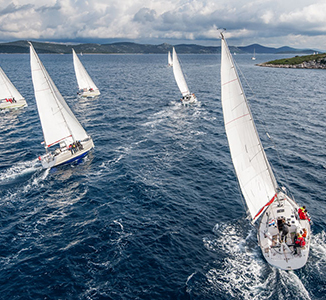
Wind energy examples and uses:
The uses of wind energy are numerous and go beyond powering homes and businesses with clean energy. Other wind energy examples include:
- Powering cargo ships and fishing vessels
- Pumping water
- Charging batteries
- Sailing
- Sports such as windsurfing and kiteboarding
Advantages of wind energy:
Wind energy offers numerous advantages:
Choose a wind energy plan from Green Mountain Energy.
When you power your home or business with renewable energy, you’re helping to make the planet cleaner and greener. Green Mountain Energy has several wind energy plans to meet your electricity needs.


